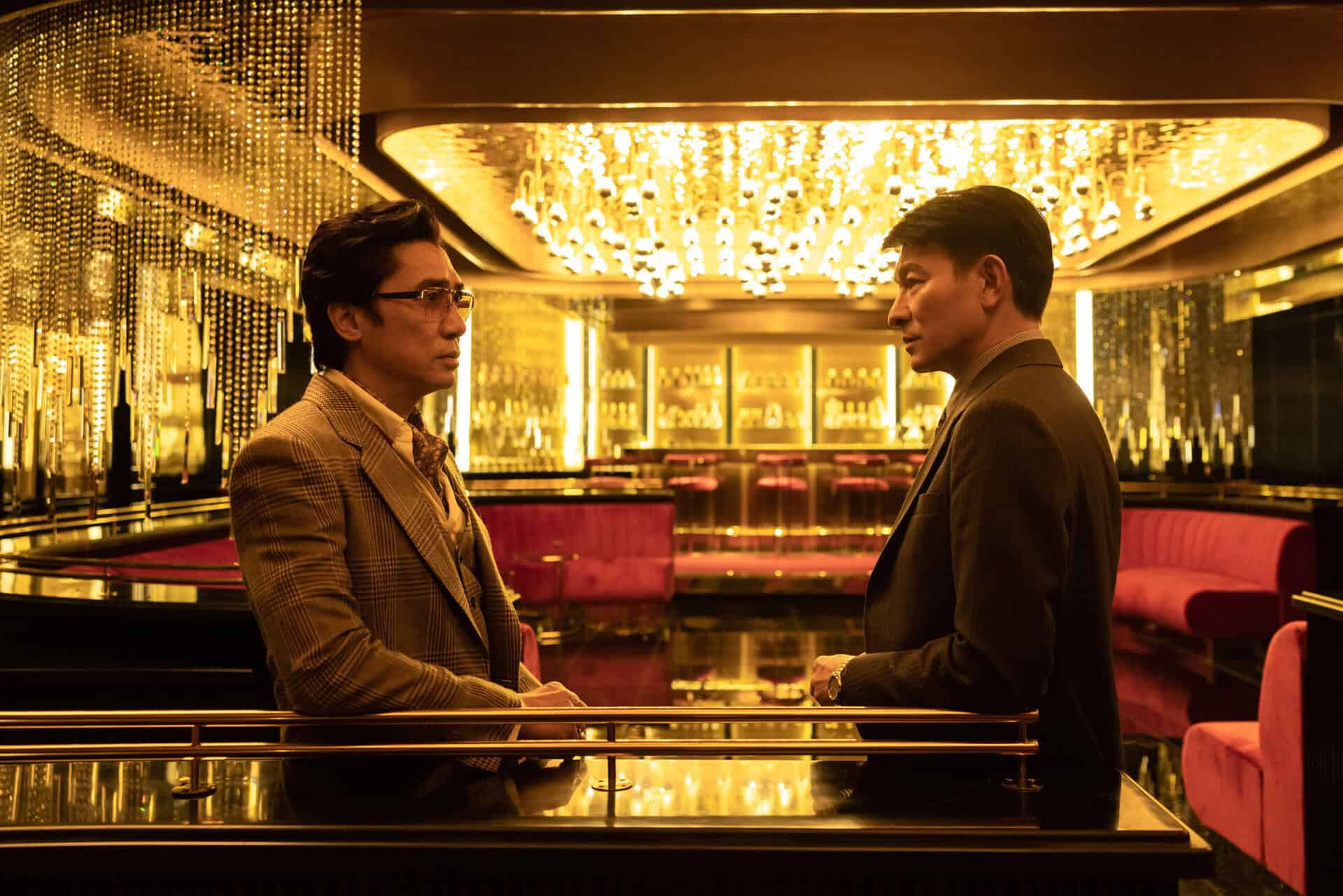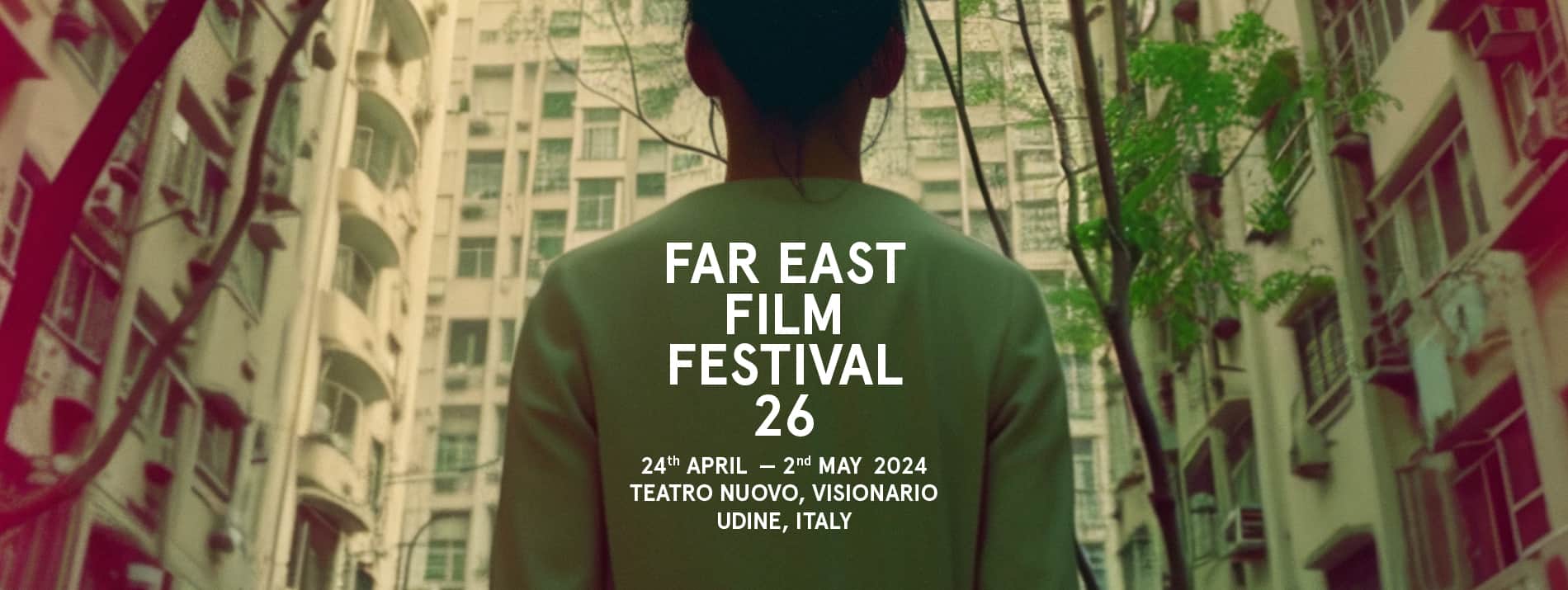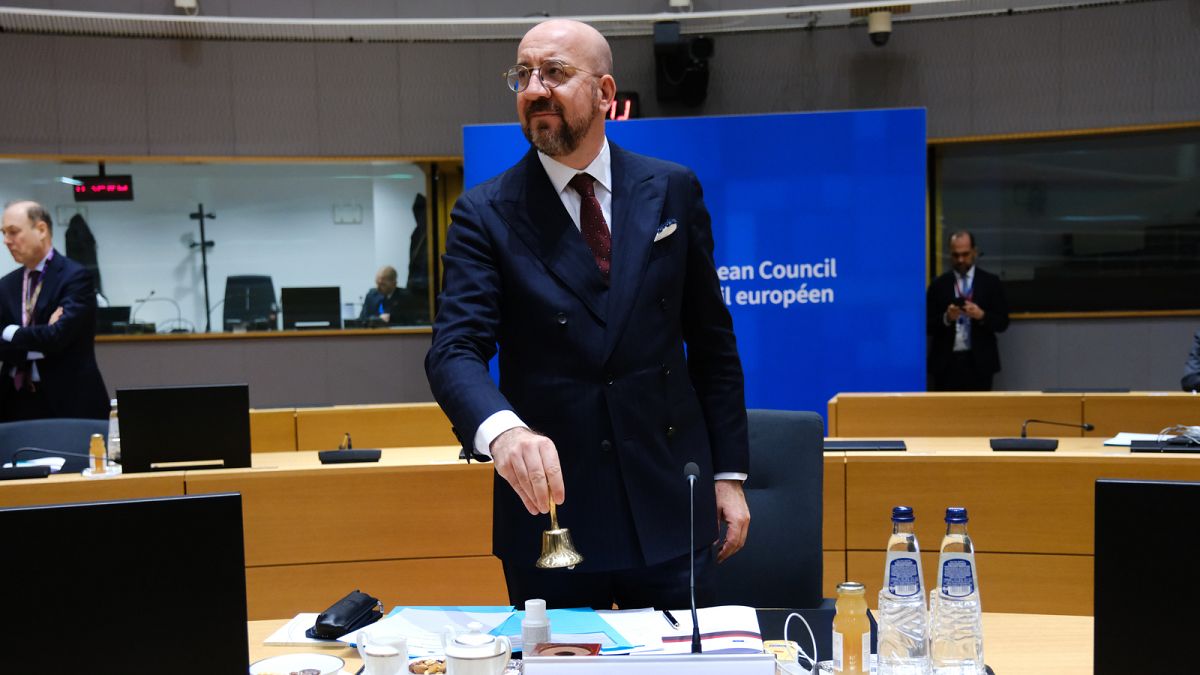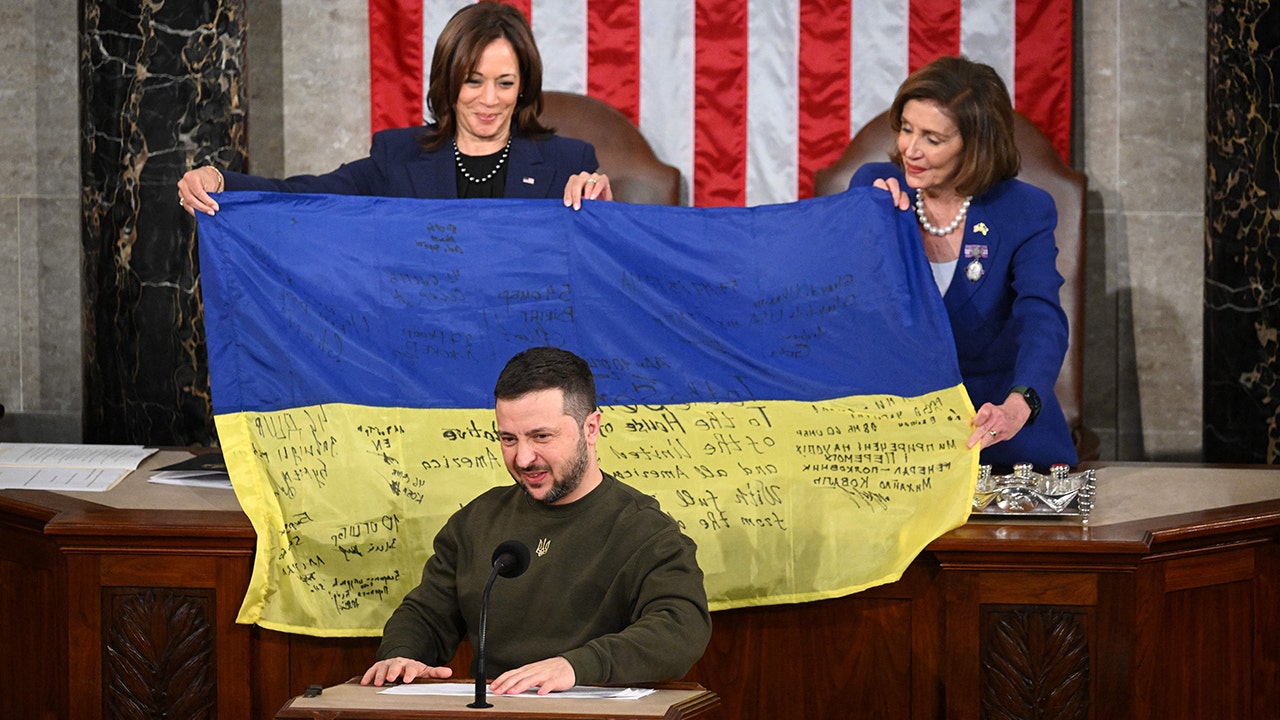Movie Reviews
Custody Movie Review: Many false starts in a thriller that never gets going

For a film that identifies as a thriller, Custody takes a strangely long time—almost 45 minutes or so—before it shows signs of some real life. Much of its opening hour is spent introducing us to the not-so-riveting life details of Naga Chaitanya’s constable character, named Shiva because… need I even say? The film feels devoid of energy and inspiration, as it makes us familiar with the Corrupt Angry Police Boss™, the Talkative Chirpy Sister™, the Fun Drunkard Father™, the Silly Girlfriend™… Through mundane interactions with them, we learn of the Generic Underdog Protagonist™. While impatiently waiting for the story to come to life, we have to negotiate past two strong obstacles: the Hero Introduction Song™ and the Generic Love Song™. All of these are stale ideas from the 90s cinema handbook—and with the treatment feeling like a throwback to that time too, the film may as well not have bothered pointing out that the events are taking place in the year 1998.
Director: Venkat Prabhu
Cast: Naga Chaitanya, Krithi Shetty, Arvind Swami, Sarathkumar, Priyamani
The introduction scene of the heroine, Revathy (Krithi Shetty), is meant to capture her spunk, as she holds her ground in a traffic accident scene. I didn’t think then that it would be the last time we see her being useful, even though she tags along with Shiva for the rest of the film. She works for a driving school, and there is more than one chase scene in this film, and yet, not once does she stop being a hindrance to Shiva (don’t even ask why he’s taking her along during what’s his most dangerous, crucial hours). Perhaps I should have anticipated her lack of purpose right at the beginning when she asks Shiva to shirk police duty to save her from a forced marriage with her boss (Premgi, who’s not funny even once). Shiva’s response: “Nee oru loosu; avan oru loosu”. It’s hard to disagree—especially when you see her, during a time of great urgency, insisting on visiting a fast-food restaurant, so she can eat koththu parotta.
While on food, things spark to life when Arvind Swami (playing a gangster called Raju) comes in before the one-hour mark and gets things looking up with an absurdly funny comment about ‘side-dish’. Likewise, Sarathkumar—who exudes great screen presence as always—comes in armed with an energetic background score (Yuvan Shankar Raja) reminiscent of SJ Suryah’s arrival in the director’s previous film, Maanaadu. However, in that film, the antagonist posed a real threat and was engaged in an even battle of wits with the hero; here, Sarathkumar, playing a senior cop called Nataraj, comes in with style each time, but also keeps getting thwarted each time.
Raju, incidentally, offers some enjoyable repartees that come loaded with meaning—like when he questions why cops and armed forces personnel are so self-righteous, when they too, like him, are mere puppets of politicians. It’s a brave question to raise, but in a more effective film, it might have mattered more. Also, Arvind Swami, attempting local gangster thamizh, doesn’t exactly scream authentic.
This film is the latest in a long list of Tamil-Telugu bilinguals to suffer from lip-sync issues. Naga Chaitanya’s Tamil betrays the discomfort of a Telugu speaker and is a big distraction throughout. That said, I did enjoy the narrative ideas concerning his character, Shiva. It’s a Venkat Prabhu film; so, there’s no dearth of ideas. Shiva dealing with the regret of having caused at least two deaths. Shiva realising that the enemy isn’t who he thought. Shiva beginning to see an enemy as an unlikely brother figure. There’s some political subtext in the film too, with talk of a State party replacing a national party, and a woman chief minister capitalising on the sympathy of a dead male leader. I’ll leave all of these easy interpretations to you but suffice it to say that given the little we learn of characters played by Priyamani and YG Mahendra, none of this truly registers. Yet, I had the niggling feeling that the film seemed to stand in support of—even if not emphatically—the central agencies, as opposed to the state law force.
Reflecting on the film as a whole, I’m tempted to pick up a Raju quirk as a metaphor. Throughout the film, he’s constantly asking for a matchstick to light his beedi. In a sense, I was searching for some fiery idea to set the story alight too. A couple of stunt sequences show technical finesse—one extended, chaotic fight scene in the police station captures the messy violence in a cramped space. But then again, these are stray joys in a mostly joyless film. The composer credit is shared by both Ilaiyaraaja and Yuvan Shankar Raja, but by and large, the music isn’t exactly notable (one interesting stretch that ends with Shiva slapping Premgi’s character is an exception). In fact, when Shiva loses a loved one, Ilaiyaraaja’s score pitches in with a predictable, melodramatic lament straight from the 90s. It’s an unsuitable fit for Venkat Prabhu’s self-aware cinema that often breaks the fourth wall. Through the film, we keep seeing visual reminders of how long Shiva has to reach his destination (24 hours to go, 12 hours to go…), but this only exacerbated my feeling of restlessness. In fact, the last time such a reminder pops up (7 hours to go), I found it hard to shake off the worrying suspicion that it might be a reference to the remaining duration of the film.

Movie Reviews
Film Review: The Goldfinger (2023) Felix Chong

“Doing business in Hong Kong is lot of fun”
One of the most expensive Hong Kong movies ever made (HK$350 million or 41 million euros), “The Goldfinger” also brings together Felix Chong, Tony Leung and Andy Lau after “Infernal Affairs”, where the first co-wrote. Set in the 80s, the script is based on the story of Carrian Group, a Hong Kong corporation which rose rapidly before collapsing shortly afterwards due to a corruption scandal.
Buy This Title
by clicking on the image below
The movie actually starts with Henry Ching’s arrest, who is based on Carrian Group founder George Tan, Lau Kai-yuen, principal investigator of the Independent Commission Against Corruption (ICAC). A bit later, the timeline changes to the mid-70s, with Henry Ching arriving in Hong Kong and trying to get a job as an engineer. Considering the place is filled with people of the particular profession, he has no luck. Although so it seems, since he is eventually employed by K.K. Tsang, one of the heirs of a rather rich family, who has him posing as a buyer for his property, in order to convince Wu Reshong, an actual potential buyer, to increase the price he is offering. The plan eventually succeeds, and Tsang takes Ching under his wing, eventually giving him the capital to open his own company, which he ends up naming after his first hire, Carmen Cheung. Their luck, though, truly changes when Ching gets swindled in the stock market by Wu Reshong’s broker, Chung and decides to hire him. An initially reluctant to leave his employer Chung, is eventually convinced when Ching “offers” him Carmen, with the two eventually becoming a couple.
As they manage to manipulate the stock market and buy property by giving their stocks as contraband for increasingly bigger loans, the group, which eventually also includes Wu Reshong, starts becoming more and more successful. Eventually, they reach international level, with their stock being considered even more valuable than blue chips, but the handover changes everything. The second axis, of the present, also moves forward, showing Ching as a cruel man who does not shy from murdering his opponents, and Lau being continuously on his heels, despite his many failures and the strain his efforts place in his relationship with his family.
First things first. The classic style of Hong Kong cinema, with its permeating nonsensicality and the focus on individual scenes rather than the movie as a whole is not exactly ideal to present true stories. The fact becomes quite evident by the way the story progresses in a fashion that frequently does not make sense, with the back-and-forth in time not helping with the overall sense that the viewer is missing something. The scenes in the court, the presentation of the foreigners, and the ending suffer the most from this approach.
On the other hand, there are definitely enough elements here to make the film rise beyond its issues. First and most obvious, the cast and the acting. Tony Leung as Henry Ching gives another splendid performance, with the way he transforms through the years being a treat to watch. Andy Lau as Lau Kai-yuen is equally good as a character that is essentially the exact opposite of Ching, although the two share an obsession to achieve their goals against all odds. Simon Yam adds even more star quality as the benefactor who eventually becomes part of the group Ching heads. Michael Ning as Chung, and the way he falls for Carmen is one of the best aspects of the movie, while Charlene Choi, who plays her, is an impressive presence but in a role that is rather badly written. Lastly, Tai Bo as Wu Renshong, who will be forever remembered for eating two plates of spaghetti on his face in “Project A”, concludes the overall great cast, as an individual who is the top boss, but eventually is surpassed by Ching.
Furthermore, the comments about corruption, which actually start with the police in the first scenes in the movie, and the relationship between them, the capital, the stock market, and the crime world become quite evident. It is also worth noting that Ching was probably involved with people from the Philippines (Imelda Marcos), Indonesia and Malaysia, and the script actually includes them, giving the corruption an international scale. All in all, this is a great story and the fact becomes quite evident throughout the movie, even with the aforementioned shortcomings.
In that regard, what is actually equally impressive with the casting, is the amount of scenes presented through the 126 minutes of the movie, which is truly exuberant, highlighting both the big budget of the production and the amount of work that was put in the film. Occasionally, the audiovisual approach reminds intently of “The Wolf of Wall Street”, while there is a scene that will definitely make one think of “Sin City”. For the most part, though, “The Goldfinger” is its own animal, with the technical aspect finding its zenith in scenes like the one with the battle in the Golden Triangle, the one with the models dancing in glass cages, and the murder attempt on Lau. Overall, the visuals here, as captured by DP Anthony Pun are nothing short of impressive.
The Goldfinger is screening at UdineFar East Film Festival 2024

Again as usual in HK blockbusters, William Chang and Curran Pang’s editing results in a rather frantic face, which manages to hide the narrative issues to the point, also through the mixture of the timelines.
Overall, I am not sure how much the particular approach of HK cinema still applies here, particularly in real stories, but the fact remains that “The Goldfinger” is an outstandingly casted, audiovisually impressive film that offers entertainment aplenty.
Movie Reviews
In Tennis, Love Means Zero: “Challengers” Is A Sexy, Sporty Love Triangle Without Much Love

What is Challengers about?
Challengers is about tennis. Challengers is about a love triangle. Challengers is about Zendaya’s bob. Directed by Luca Guadagnino of Call Me By Your Name, it’s no surprise that this movie is also about sex. It follows three young tennis players — two lifelong friends who are rising stars and superstar prodigy Tashi Duncan with whom they are massively enamored — over their messy love lives and careers.
Zendaya leads as Tashi Duncan, the intense and intensely ambitious woman at the center of this story. After a devastating injury, Tashi goes from the top of the game to her husband’s coach, trying to recall what she felt at the height of her career.
Ambition battles desire as the love story between the three twists and turns over the course of time. Shifting between time periods and storylines, it feels like a Christopher Nolan film if it slayed. And with Luca’s expert directorial eye, styling from JW Anderson’s Loewe, and Zendaya as heroine, it’s a cinematic feat — tense, vivid, and utterly irresistible. Zendaya herself recommends watching the movie at least three times while “viewing” it from each character’s perspective each time. Well, what Z says, goes.
Clearly, Mike Faist (Dear Evan Hansen, West Side Story) as Art and Josh O’Connor (The Crown, God’s Own Country) as Patrick have been inducted into the exclusive club of Luca’s muses. If you weren’t in love with them before, you will be by the movie’s end. The film has confirmed them as the white boys of the month. But they’re more than just pretty faces. They are Actors — with a capital A.
And Challengers is their launch pad for Hollywood’s latest leading men. Their performances are masterful, their characters are tight and consistent, and their chemistry is unmatched.
While their chemistry with Zendaya is electric, it’s their chemistry together that keeps the film pulsing with anticipatory tension. Whether they love each other or hate each other, the best scenes are those when Faist and O’Connor can play off each other — whether it’s literally tennis or a battle of wits and the battle for Zendaya’s heart.
Of course: we have to talk about that scene. Teased in the trailer and the promo images alike, everyone is all aflutter over the film’s alleged menage a trois. Appearing early on, it’s a taste of what the film does well: emphasizes sex appeal without denigrating any of its characters — especially Zendaya — as mere sexual objects.
Sex in this film is often implied. Yet, sensuality and the power exchange of desire are foregrounded. It’s about power. But it’s also a game. And, like tennis, Zendaya is a master. “You don’t know what tennis is,” she tells Art and Patrick. “It’s a relationship.” For the three of them, this certainly proves true. The central question here is: who will win?
This is a movie about tennis, actually.
The internet has noticed a strange trend: the women who’ve played Spiderman’s love interest in the major Spiderman franchises have all gone on to do movies about tennis. Kirsten Dunst did the underrated rom-com Wimbledon. Emma Stone portrayed Billie Jean King in Battle of the Sexes just three years after her term as Gwen Stacey. And now, Zendaya is playing her own version of a tennis star.
@jessthereporter The Spider-Man to Tennis pipeline – EXPLAINED #spiderman #challengers #zendaya #emmastone #kirstendunst #movienews #movietok ♬ original sound – Jess Lucero❤️🔥☕️
But this isn’t just a film about tennis players. It’s a movie deeply in love with the game of tennis itself. It plays with the form of the game by mirroring a tennis match — each act of the film feels like a set of a match. It moves through scenes and time periods like perfect volleys. The key scene that ties it all together is a tennis match. We watch the ball go back and forth as we are transported to and from the past, wondering which player will get the upper hand.
“What do you want?” The boys ask Tashi early in the film. “To watch some good fucking tennis,” she says.
In the end, the sentiment is repeated. In tennis, love means zero. And that’s the Challengers’ conceit. Sitting across from the umpire (who is — fun fact — played by her real-life assistant Darnell Appling) in the central tennis scene, her judgment is all. It’s like the final scene of Love and Basketball — they’re playing for her heart. And her heart is always with the game.
Challengers will make a tennis fan of you. While you don’t need to know the game in order to follow the plot, its artistic representation of the game — from the writing to the directorial shot list — will satisfy the superfans and intrigue the newbies.
Let’s get to the point (pun intended): Is Zendaya’s Tashi a triumph?
Earlier this year, Timothee Chalamet achieved the impressive feat of starring in two of the year’s highest-grossing films — Dune: Part Two and Wonka. I predict that by the time they stop this weekend’s Box Office count, Zendaya will achieve the same feat with Dune: Part Two and Challengers.
While she’s the heart of Dune: Part Two, she’s finally taking her rightful place as a leading lady with her turn as Tashi Duncan. After playing high schoolers for decades from Spider-Man to Euphoria, the role of Tashi is the perfect transition. We meet Tashi the summer after high school, before she heads to Stanford, and watch her grow into an adult in real-time. Zendaya and her character get similar arcs.
Zendaya deftly handles Tashi’s youthful confidence with her jaded older self while rocking that damn bob. It’s up to you to decide whether you love this character or despise her. There’s a viral interview in which an interviewer remarks that as much as he loves Zendaya, this character kind of made him hate her. Meanwhile, I — lover of maneaters and female manipulators — am pinning photos of Tashi to my vision board as we speak.
Audiences are split on their takes on Tashi but everyone agrees: Zendaya played her with the chill-inducing complexity she deserves. EGOT soon! This is Zendaya’s magnum opus — so far. She’s proven she’s a movie star, a leading lady, and an adult woman ready to play older roles. I can’t wait for what she does next.
Challengers will hit theaters on Friday, April 26th. Watch the full trailer here:
Movie Reviews
Is AI art actually art? Checking out ‘Terror in the AIlien Realms’

AI is a constant in today’s cinematic landscape. It was a big point of contention during both strikes that affected Hollywood in 2023, was brought up during the Academy Awards, and is even leading to backlash for one of 2024’s best received films. No matter what your opinion on the subject, it is a topic that is not going away anytime soon.
Terror in the Ailien Realms: Transdimensional Horror Movie Posters & Their Film Reviews is a book by filmmaker and artist Pat Tremblay that combines art and AI. Fueled by his love of the great VHS box art from the days when video rental stores were an essential part of life, Tremblay has created a series of horror movies posters. This is not just a simple homage to days of horror movies past, however. Each poster was created with the assistance of AI.
The idea will immediately turn many potential readers off. AI is a touchy subject that seems to be met with resistance more than understanding. Tremblay – an artist himself – has written about why people should be more understanding even when they are not completely receptive to the idea of AI art. This includes the idea that AI is not stealing or plagiarizing artists but using them for reference or inspiration, its similarities to pop art, and just the natural aversion people have to change.
It will take years and many examples before most of us will be able to have a fully developed opinion regarding AI art. Terror in the Ailien Realms is a great introduction into what can be done, however. Quite simply, the posters found in the book are simply amazing. Those who spent hours of their childhoods in the horror section at video stores will be amazed by what they see. From horror westerns to grindhouse to just straight up scary stuff, Tremlay’s project has it all.
Terror in the Ailien Realms is not just limited to those who have nostalgia. Many of the pictures are reminiscent of thumbnails seen on streaming channels. Some are outlandish while others have an arthouse quality to them. It is an interesting mix that makes each page interesting.
Adding to the fun are the fictional movie reviews that are included. Genre filmmakers, writers, and journalists participated in coming up with the write-ups. There are a bunch of neat entries and they also show what can be accomplished when AI is paired with human creativity.

But at the end of the day, it is the AI art that will garner the most attention. In a vacuum, Terror in the Ailien Realms: Transdimensional Horror Movie Posters & Their Film Reviews is an enjoyable item that genre fans should get a kick out of. On a grander scale, it provides a glimpse into the possibilities of AI art. It may not change opinions outright, but it will give people a lot to think about.
Terror in the Ailien Realms: Transdimensional Horror Movie Posters & Their Film Reviews is available to order now
Join the AIPT Patreon
Want to take our relationship to the next level? Become a patron today to gain access to exclusive perks, such as:
- ❌ Remove all ads on the website
- 💬 Join our Discord community, where we chat about the latest news and releases from everything we cover on AIPT
- 📗 Access to our monthly book club
- 📦 Get a physical trade paperback shipped to you every month
- 💥 And more!
-

 Kentucky1 week ago
Kentucky1 week agoKentucky first lady visits Fort Knox schools in honor of Month of the Military Child
-

 World1 week ago
World1 week agoEU leaders weigh Lebanon partnership in response to Middle East crisis
-

 Politics1 week ago
Politics1 week agoFormer Wisconsin Democratic Rep. Peter Barca launches congressional comeback bid
-

 World1 week ago
World1 week agoIsraeli attack on nuclear sites to prompt tit-for-tat, pursuing nukes: Iran
-

 News1 week ago
News1 week agoProsecutors say Trump violated gag order 7 times: Live updates
-

 World1 week ago
World1 week agoIranian media says three drones downed after explosions heard in Isfahan
-

 World1 week ago
World1 week agoShipping firms plead for UN help amid escalating Middle East conflict
-

 Movie Reviews1 week ago
Movie Reviews1 week agoFilm Review: Challengers – The Knockturnal

/cloudfront-us-east-1.images.arcpublishing.com/gray/RLEY4UFI2ZC4NF6QWBSNI6WXE4.png)
:quality(85)/cloudfront-us-east-1.images.arcpublishing.com/gray/5EQENG225JD7ZETEXLEGSDGFXU.png)
/cloudfront-ap-southeast-2.images.arcpublishing.com/nzme/R3TQSPDGCRG4DOUPR7QRVFN7GE.jpg)
/cloudfront-us-east-1.images.arcpublishing.com/gray/JDPYR7ZRKBBFZE6H6ODY5DXOUI.JPG)
/cloudfront-us-east-1.images.arcpublishing.com/gray/XPMR4KJDRZBAZCTCBWFWSKO5UA.jpg)















